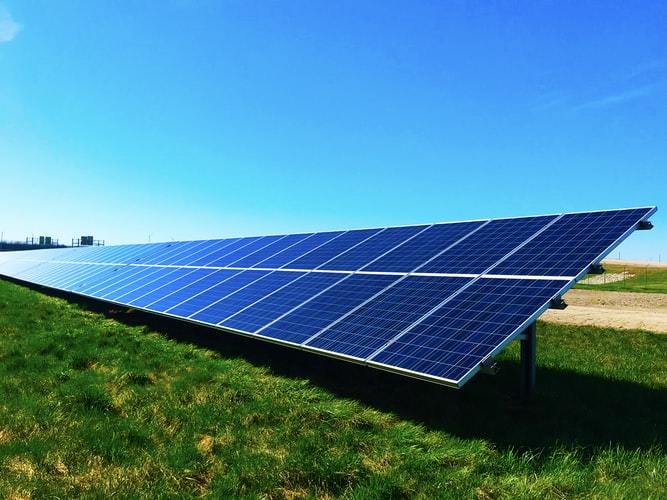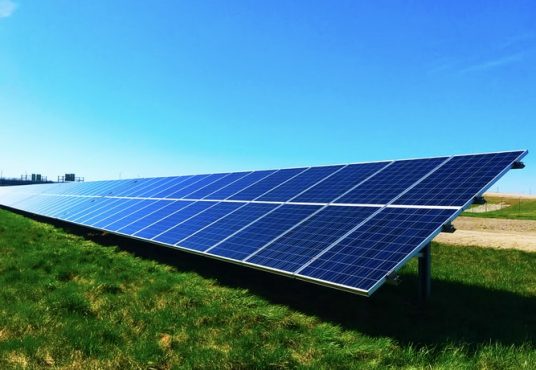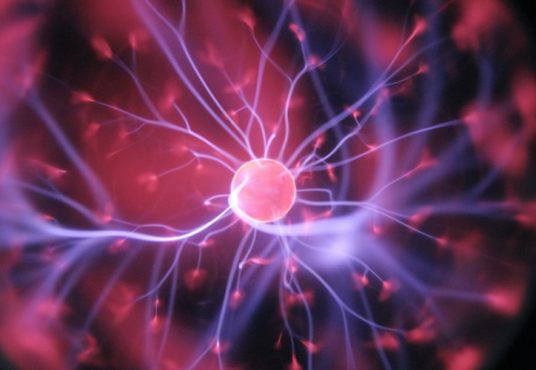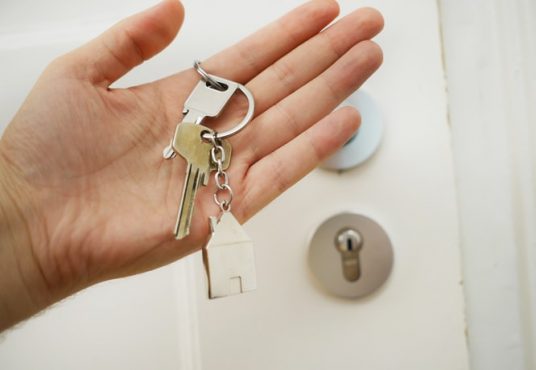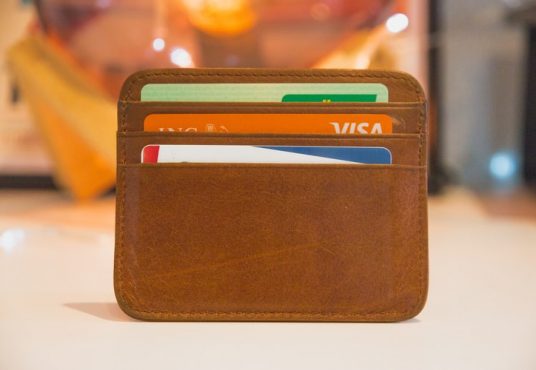Solar energy is the cleanest and most abundant renewable energy source available.
There are several ways to harness solar energy: photovoltaics, solar heating & cooling, and passive solar.
Let’s quickly take a look at each…
- Photovoltaic or PV devices generate electricity directly from sunlight via an electronic process that occurs naturally in certain types of material, called semiconductors.
PV devices can be used to power anything from small electronics such as calculators and road signs up to homes and large commercial businesses.
A PV system makes it possible for you to generate your solar power for electric appliances, heaters, heat pumps, lighting, or charging your electric car. With a storage system such as backup batteries, you can benefit from solar power even when the sun isn’t shining.
- Solar heating and cooling technologies collect the thermal energy from the sun and use this heat to provide hot water, space heating, cooling, and pool heating for residential, commercial, and industrial applications.
Solar heating systems can achieve a return on investment in as little as 3-6 years. Water heating, space heating, and space cooling accounted for 72% of the energy used in an average household in the U.S.
Most solar air heating systems are wall-mounted, which allows them to capture the maximum amount of solar radiation in colder climates.
Solar water heating collectors produce heat energy, distinguishing them from photovoltaic (PV) modules that produce electricity.
- Passive solar home designs take advantage of a location, climate, and materials to minimize energy use.
Passive solar energy homes are a big undertaking but can be accomplished when a home is being built from the ground up. A portion of the south side of your house must have an unobstructed view of the sun.
Some elements the designer will consider include:
- Insulation and air sealing
- Window location, glazing type, and window shading
- Thermal mass location and type.
- Auxiliary heating and cooling systems.
For those serious about energy saving, we encourage you to get an energy audit.
A home energy audit is often used to identify cost-effective ways to improve comfort and efficiency.
A certified electrician or an energy auditor can do a room-by-room examination of your residence. You can also check with your electric utility company to find out if they can conduct a residential energy assessment. It helps if you prepare, and you can start by making a list of existing problems and have copies of monthly energy bills available.
We have discussed a ton of energy-saving options! Hopefully, you’re feeling more confident in your decision to get started on your quest to save energy. There are tons of places to implement your energy-saving goals. Start small by sealing and insulating, then move on to replacing old appliances with more energy-efficient designs.
Where will you start?
